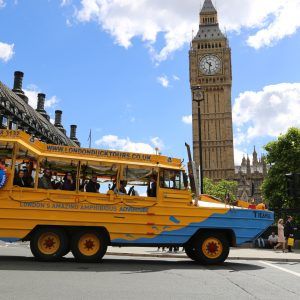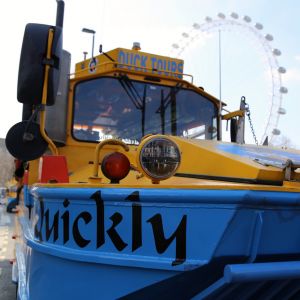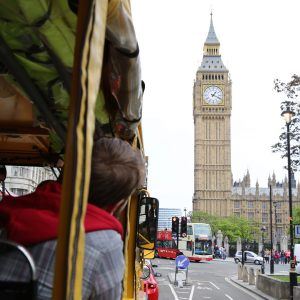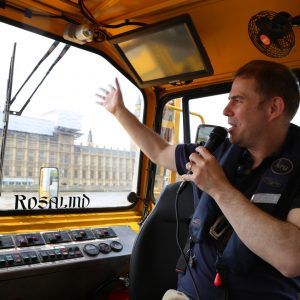The Tate Britain Gallery situated on the north bank of the Thames on Millbank holds the national collection of British art from 1500 to the present day and international modern and contemporary art. It is part of a network of four museum galleries, these include the Tate Britain (until 2000 known as the Tate Gallery) Tate Liverpool, Tate St Ives and the Tate Modern, also in Central London.
In 1892 the National Gallery of British Art was given a new location on the site of a notorious former prison, The Millbank Penitentiary. The prison had been used as the departure point for thousands of Prisoners of Millbank (POMs) sent to Australia for a range of severe and petty crimes. The prison was closed and demolished in 1890.
The new gallery was designed in the neo classical style with a grand porticoed entranceway and central dome resembling a temple. On top of the pediment the statues Britannia with a lion and unicorn emphasised the museums function as a gallery of British art. The gallery opened its doors to the public in 1897, displaying 245 works in eight rooms from British artists dating back to 1790.
In 1932 the gallery was renamed The Tate Gallery following a large donation towards the building’s refurbishment by the sugar millionaire Henry Tate of Tate & Lyle. He also donated his own substantial and significant collection of art. The expanded gallery would also house the works of British artists from various other collections, as space in the National Gallery at Trafalgar Square was running out.
Modern and Britain Tate to Tate
Since 2000, and the opening of the second Tate in London, the two Tate Galleries in London have focus on different areas of art. “Tate Britain” located on the old Millbank Prison site on the Thames north bank near Westminster houses the national collection of British Art from 1500 to the present day, as well as some selected pieces of modern British art. “Tate Modern” holds the national collection of modern art, dating from 1900 to the present day, and also includes some modern British art.
In its opening year the Tate Modern was the most popular museum in the world, with over five million visitors walking into the vast industrial space. Both galleries are still free to visit, and London Duck Tours recommends you spare an hour or two to see both of these wonderful collections.
Did you know?
One of the Tate’s most publicised art events is the annually awarded Turner Prize – named after the English painter J M W Turner. The winner must be “young” (under the age of 50) and can work in all forms of artistic media. Founded in 1984, it’s the most high profile and publicised art award in Britain. The judges choice of winner is often controversial, often astonishing and always given lots of press attention. Past winners have included Anish Kapoor, Damien Hurst, Tracey Emin and Grayson Perry.



















